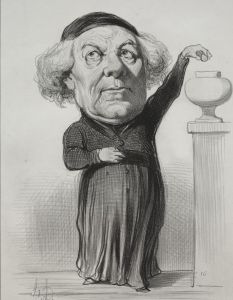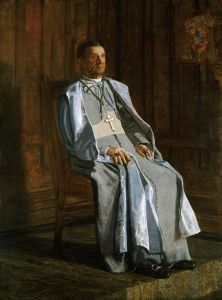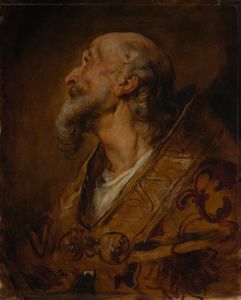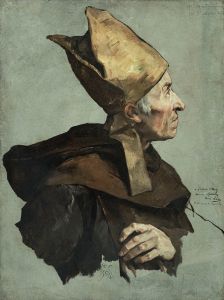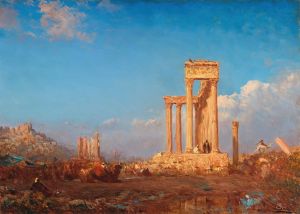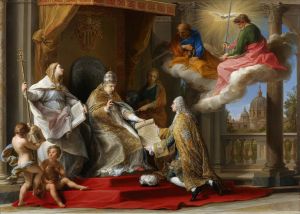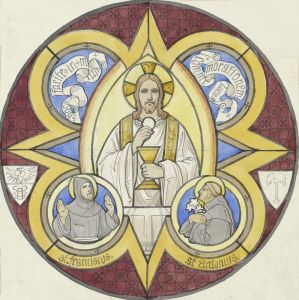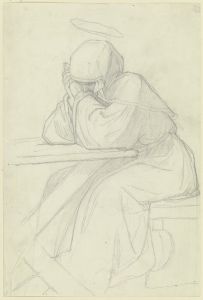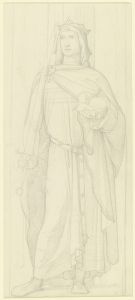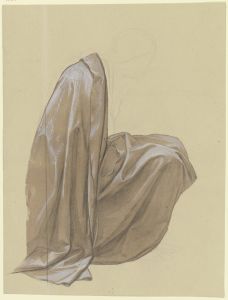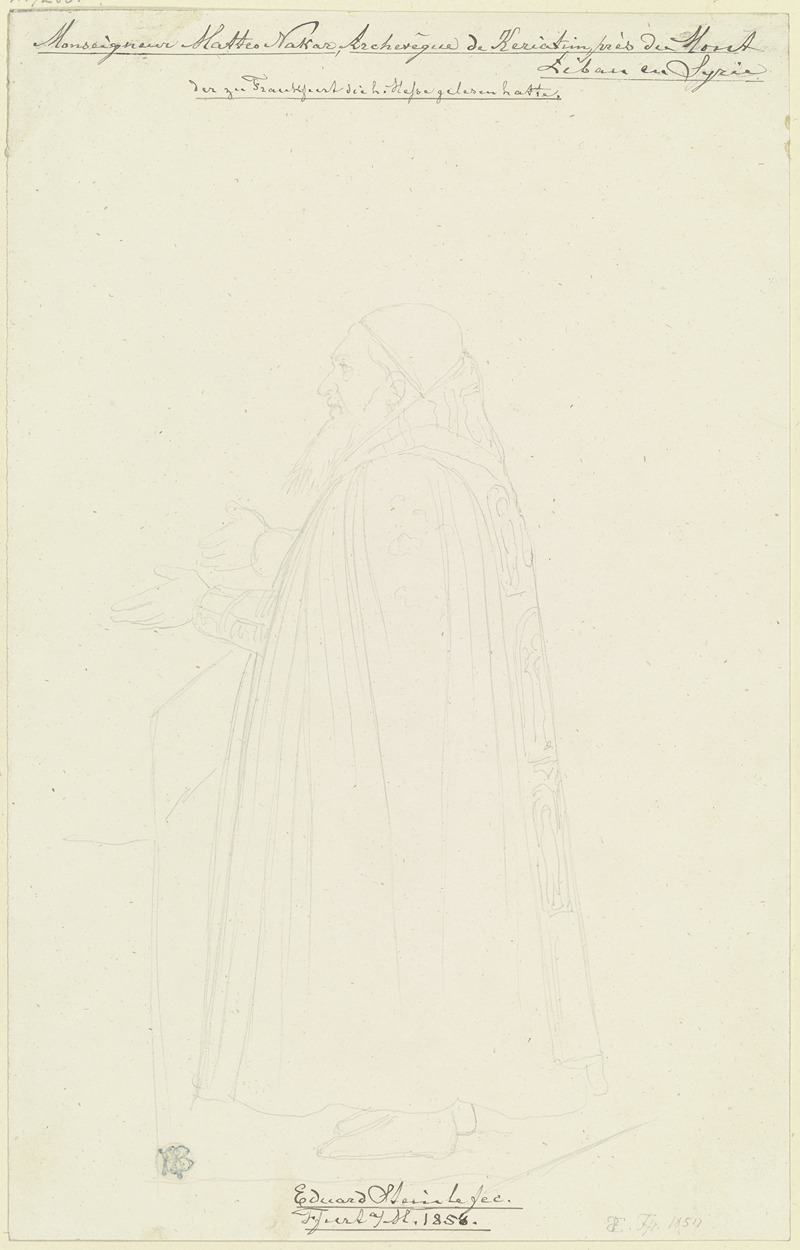
Giovanni Matteo Nakar, Bischof von Nabk in Syrien, im Ornat
A hand-painted replica of Eduard von Steinle’s masterpiece Giovanni Matteo Nakar, Bischof von Nabk in Syrien, im Ornat, meticulously crafted by professional artists to capture the true essence of the original. Each piece is created with museum-quality canvas and rare mineral pigments, carefully painted by experienced artists with delicate brushstrokes and rich, layered colors to perfectly recreate the texture of the original artwork. Unlike machine-printed reproductions, this hand-painted version brings the painting to life, infused with the artist’s emotions and skill in every stroke. Whether for personal collection or home decoration, it instantly elevates the artistic atmosphere of any space.
Eduard von Steinle was a notable German painter associated with the Nazarene movement, which sought to revive honesty and spirituality in Christian art. One of his works, "Giovanni Matteo Nakar, Bishop of Nabk in Syria, in Ornate," captures the essence of his artistic style and thematic focus. However, detailed information about this specific painting is limited, and it is not widely documented in art historical sources.
Eduard von Steinle was born in Vienna in 1810 and later moved to Germany, where he became a prominent figure in the Nazarene movement. This group of artists aimed to return to the purity and spirituality of medieval and early Renaissance art, often focusing on religious themes and subjects. Steinle's work is characterized by its detailed and delicate style, as well as its emphasis on religious and historical subjects.
The painting "Giovanni Matteo Nakar, Bishop of Nabk in Syria, in Ornate" likely depicts Giovanni Matteo Nakar, a historical figure who served as a bishop in Nabk, a town in Syria. The depiction of religious figures in ornate vestments is a common theme in Steinle's work, reflecting the artist's interest in the ceremonial and spiritual aspects of religious life. The painting would typically feature the bishop in traditional ecclesiastical attire, highlighting the intricate designs and rich colors associated with such garments.
Steinle's work often included a high level of detail and a focus on the symbolic elements of religious attire, which served to convey the spiritual authority and dignity of the figures he portrayed. The use of color, light, and composition in his paintings aimed to evoke a sense of reverence and contemplation, inviting viewers to engage with the spiritual narratives depicted.
While specific details about the painting "Giovanni Matteo Nakar, Bishop of Nabk in Syria, in Ornate" are scarce, it can be inferred that the work aligns with Steinle's broader artistic goals and thematic interests. His paintings were not only artistic expressions but also served as visual sermons, intended to inspire and educate viewers about the virtues and stories of religious figures.
Steinle's contribution to the Nazarene movement and his influence on religious art in the 19th century are well-recognized. His works are appreciated for their technical skill, emotional depth, and ability to convey complex theological ideas through visual means. Although not much is specifically documented about the painting of Bishop Giovanni Matteo Nakar, it remains a part of Steinle's legacy as an artist committed to the spiritual and moral dimensions of art.
In summary, while detailed information about "Giovanni Matteo Nakar, Bishop of Nabk in Syria, in Ornate" is limited, the painting is representative of Eduard von Steinle's broader body of work, characterized by its focus on religious themes, intricate detail, and spiritual depth. Steinle's paintings continue to be appreciated for their ability to convey the profound and sacred aspects of religious life through art.





